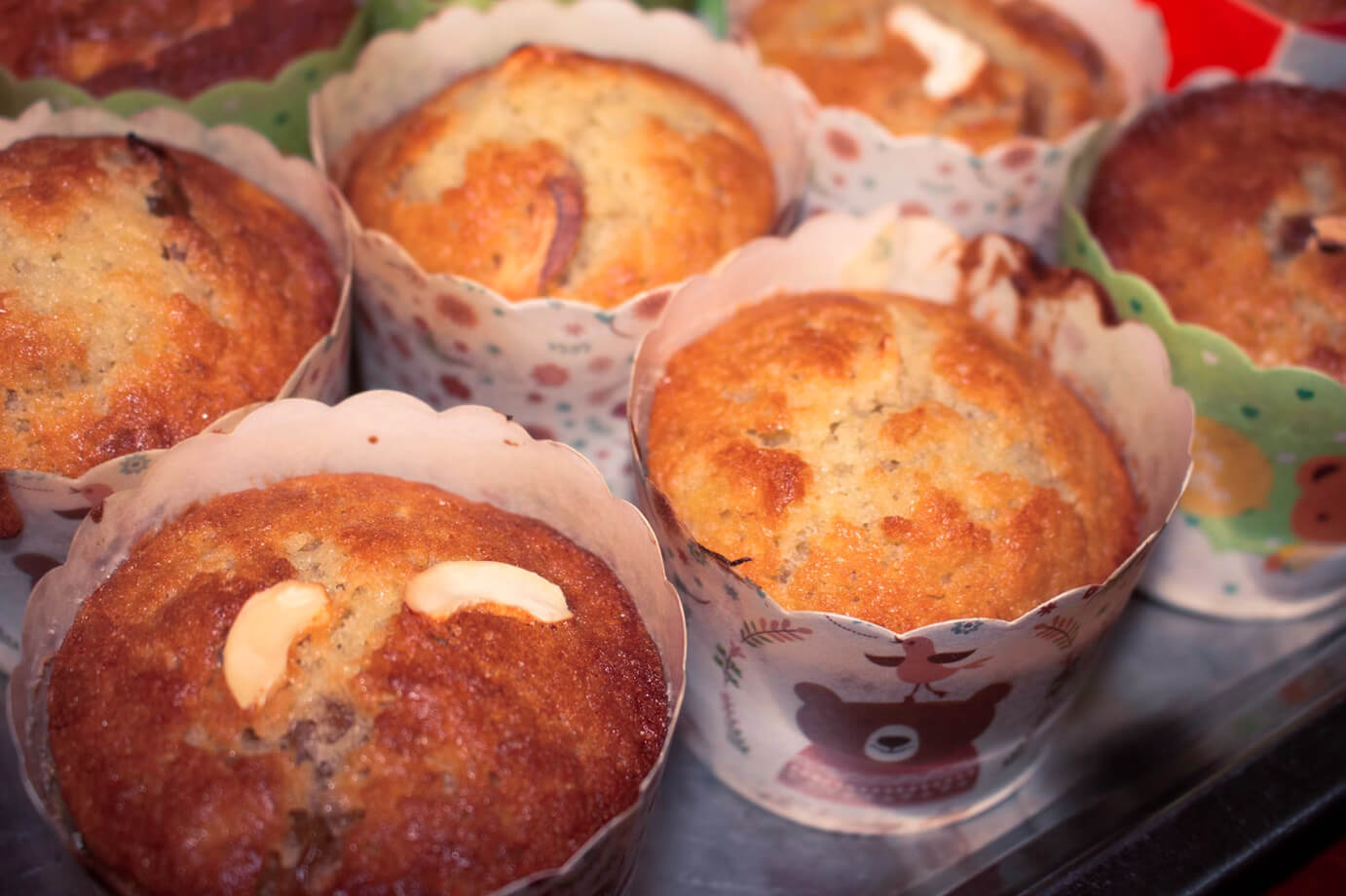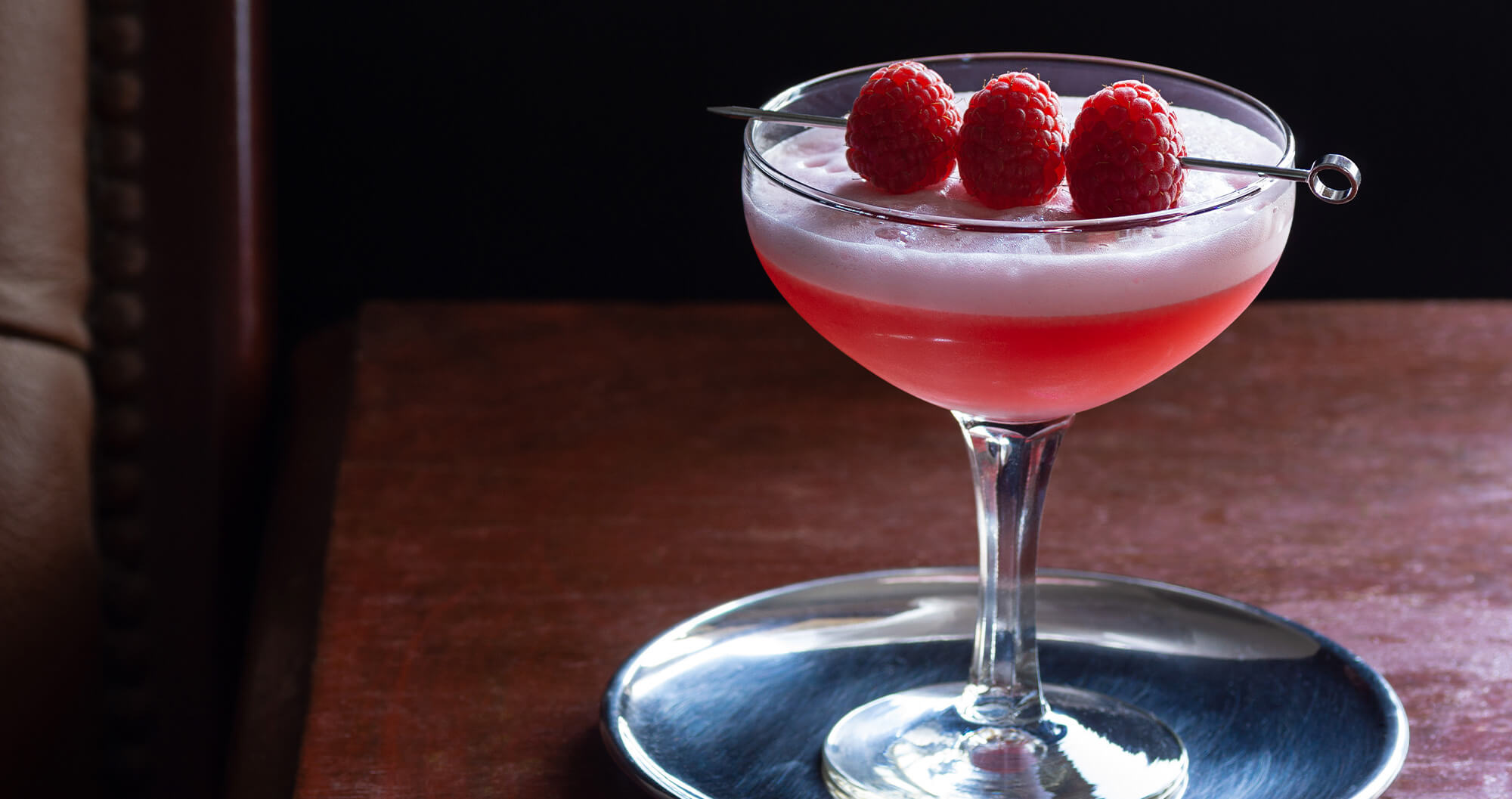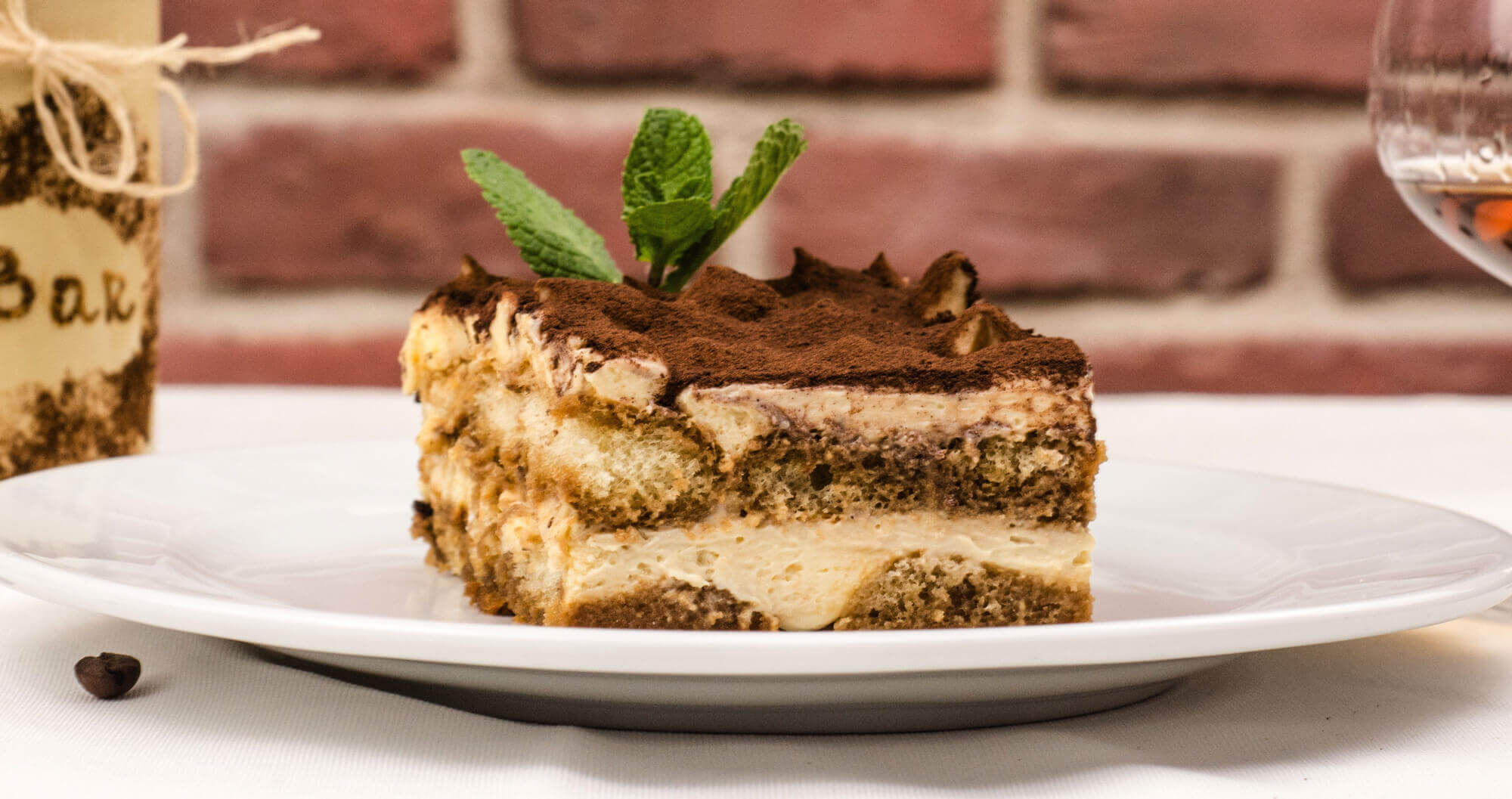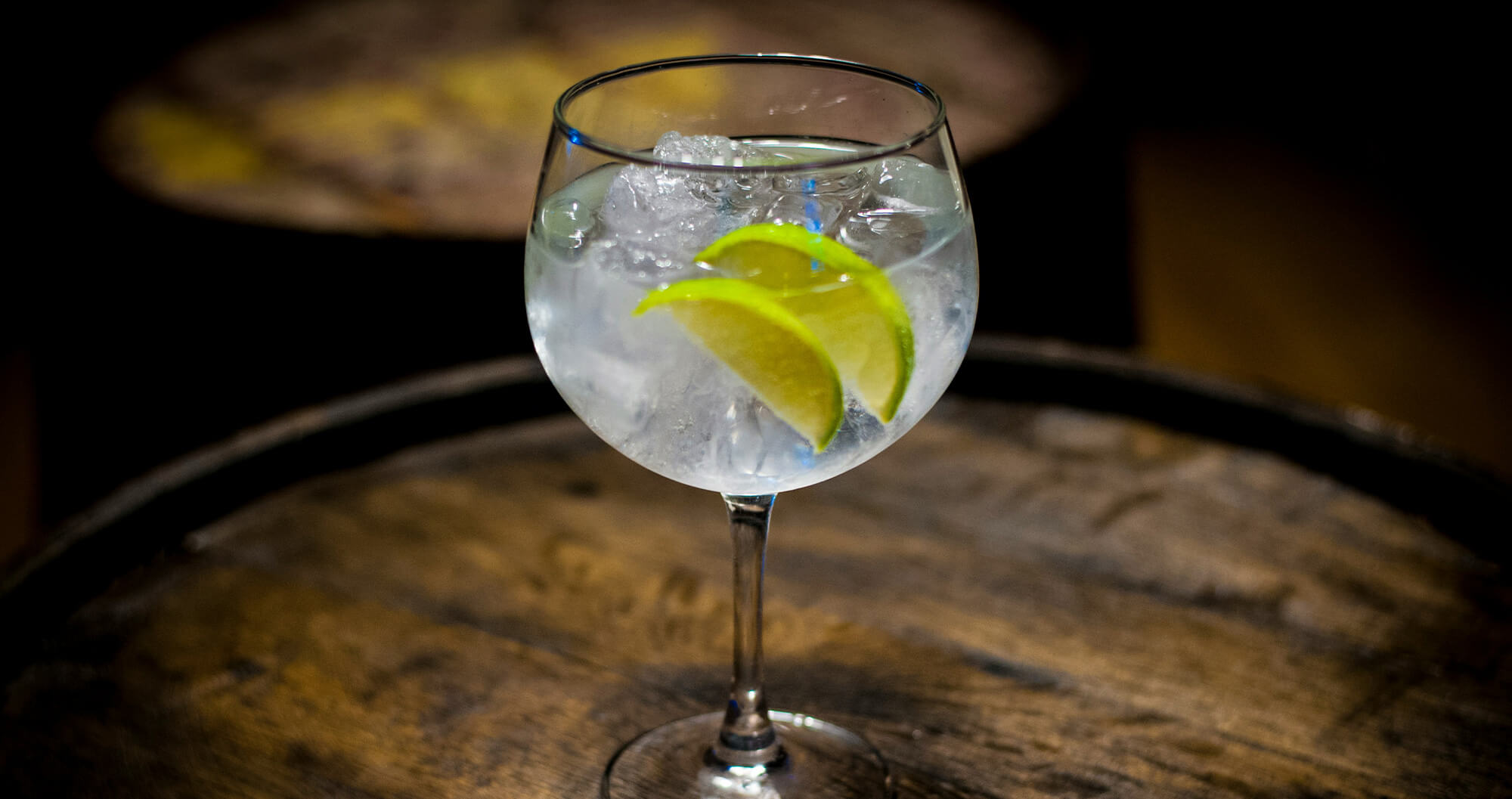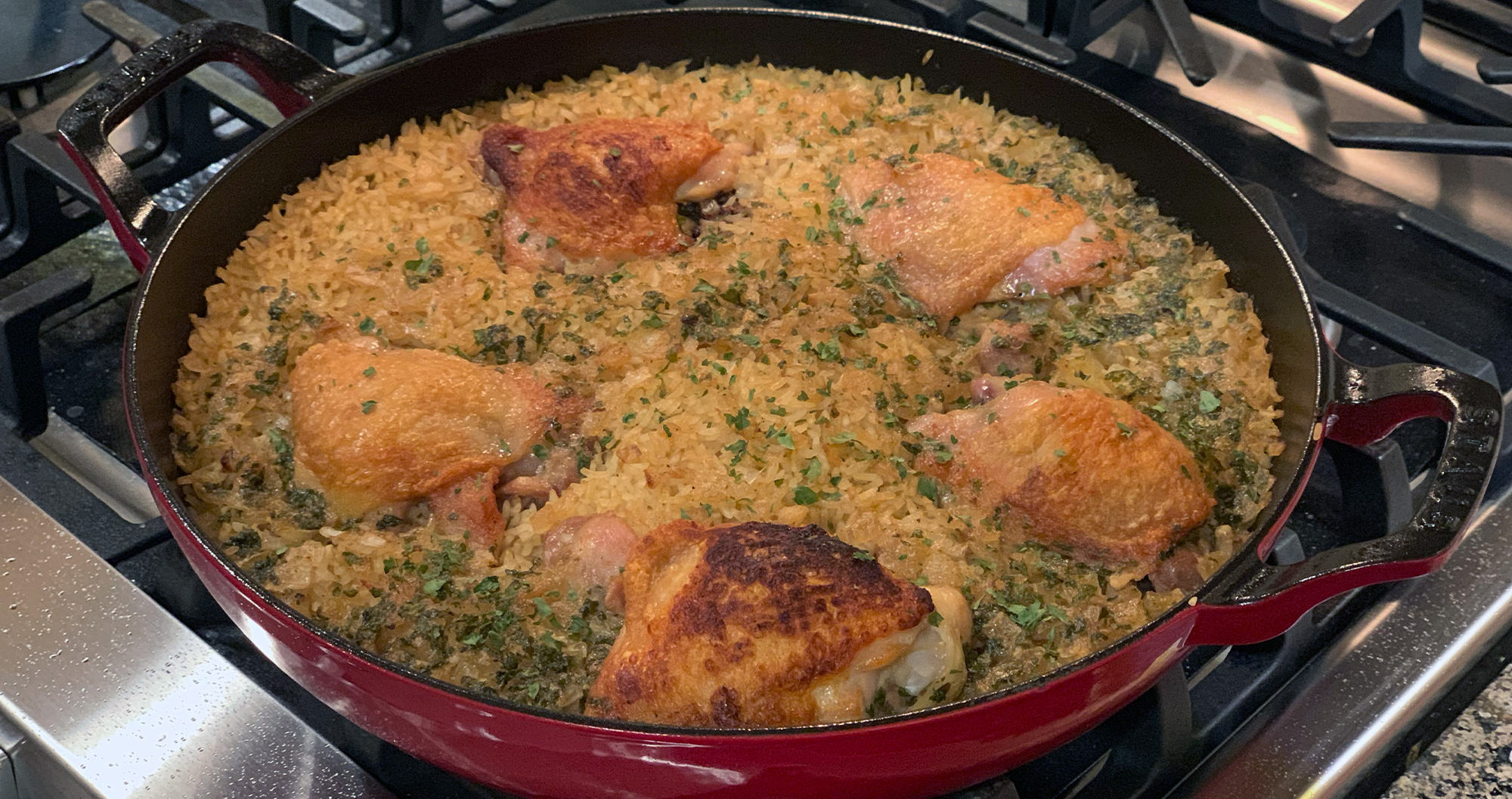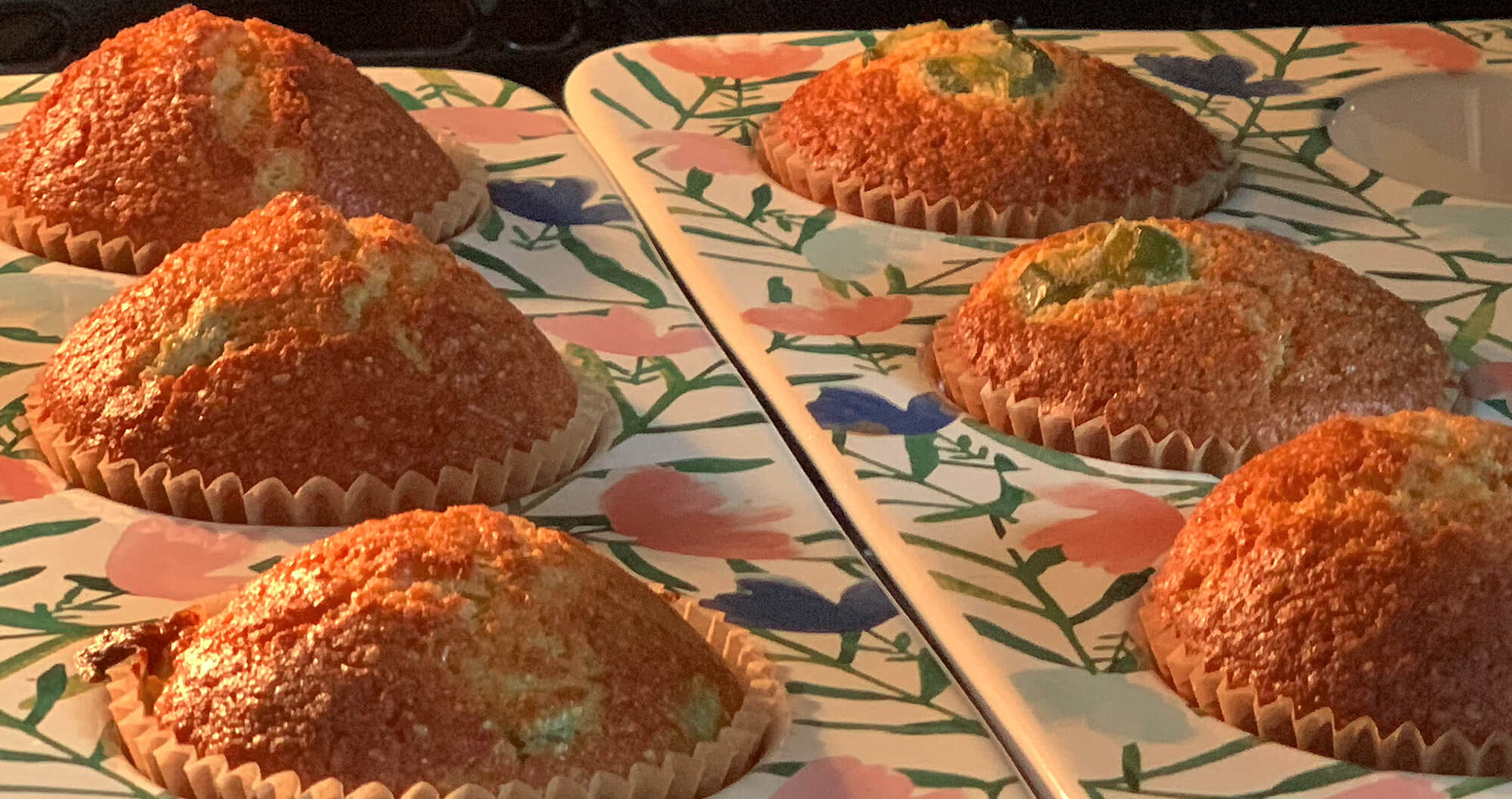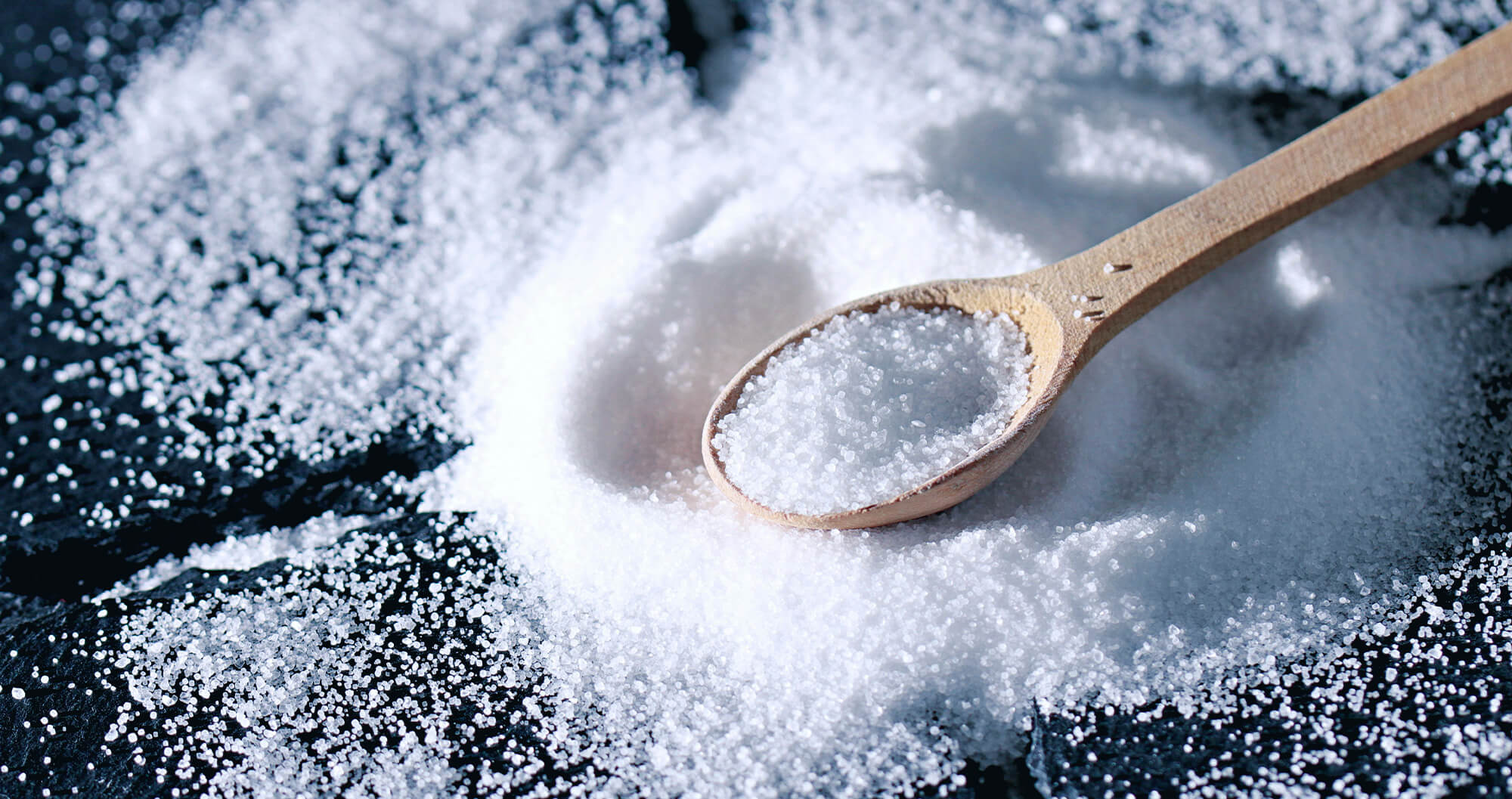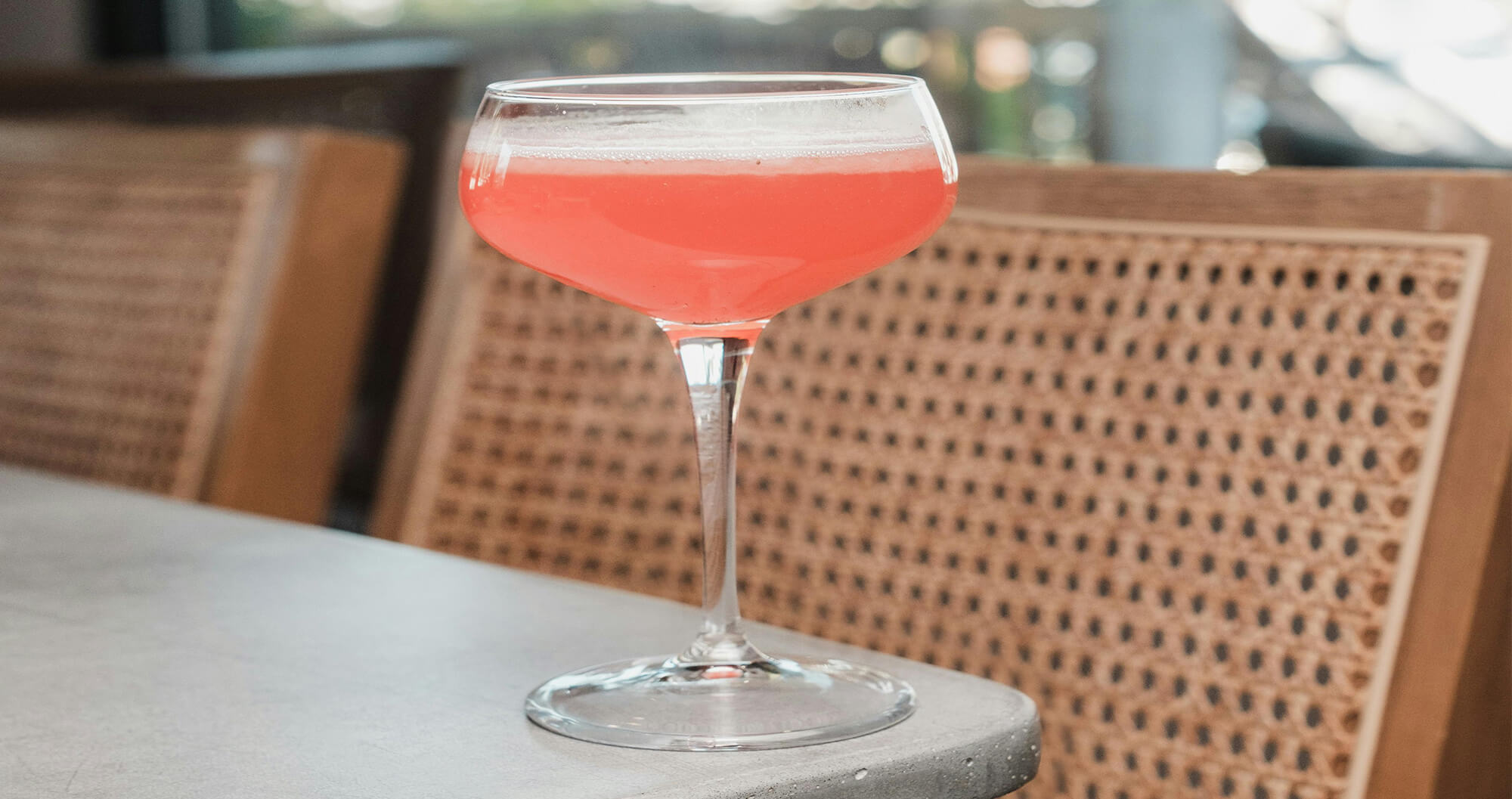All Content Matching: Tag: “Butter”
We found 1 result.
Trending Recipes:
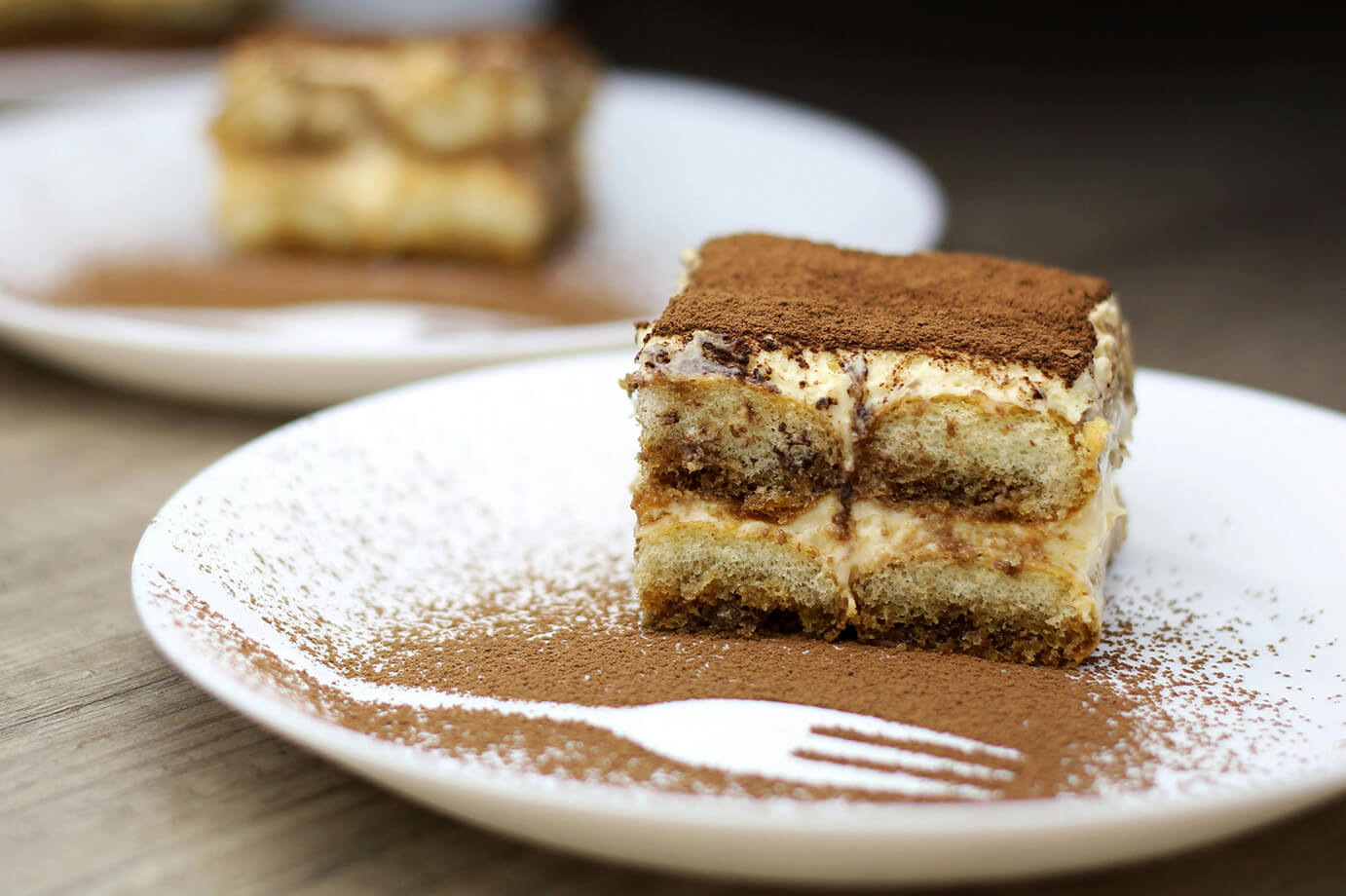
Tiramisu
Learn how to make Sabayon for the best tiramisu this side of Italy.
View Featured Recipe: Tiramisu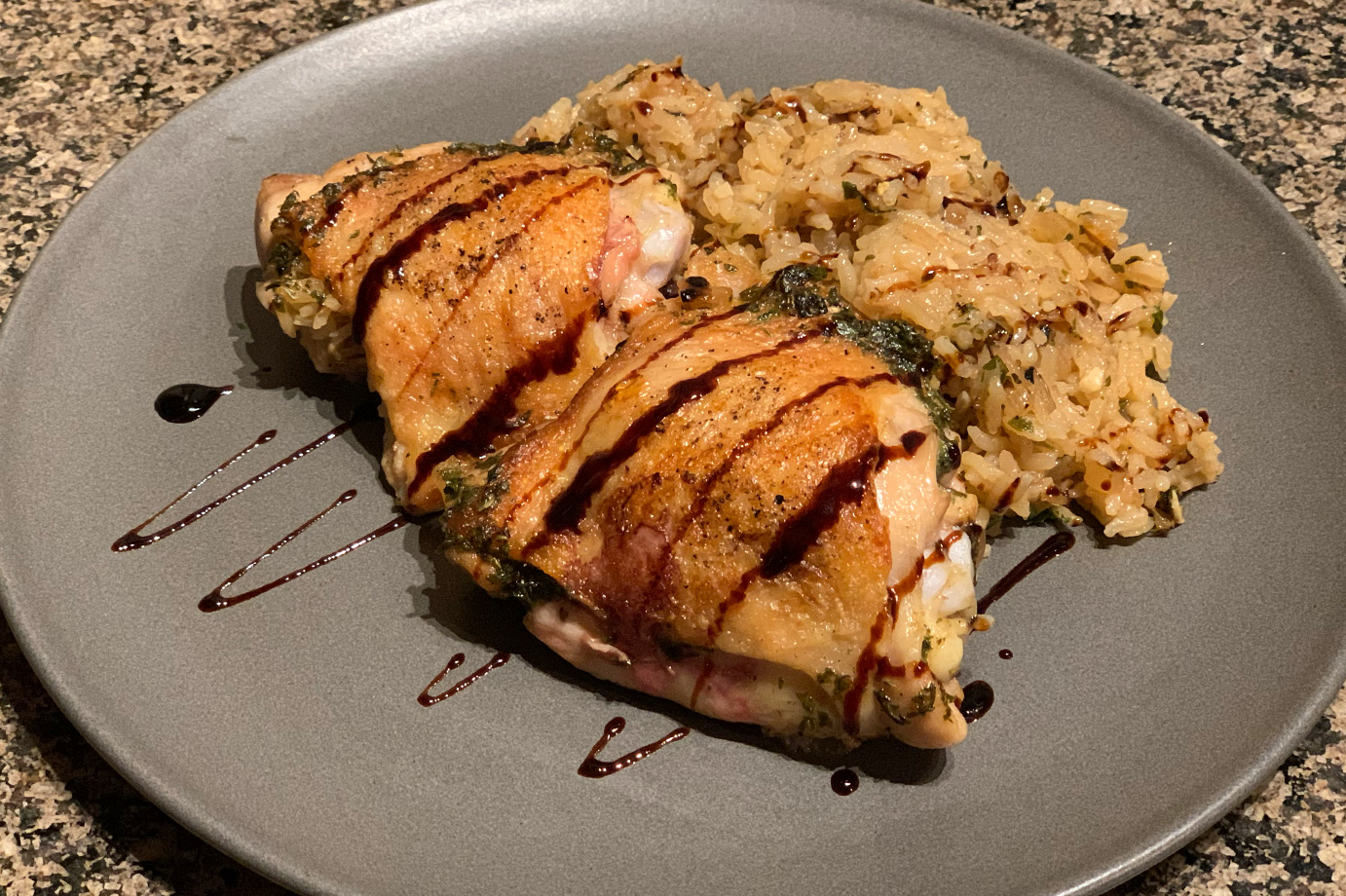
Baked Chicken & Rice
Learn how a wine reduction elevates this humble and comforting classic.
View Chicken & Rice RecipeTrending Cocktails:
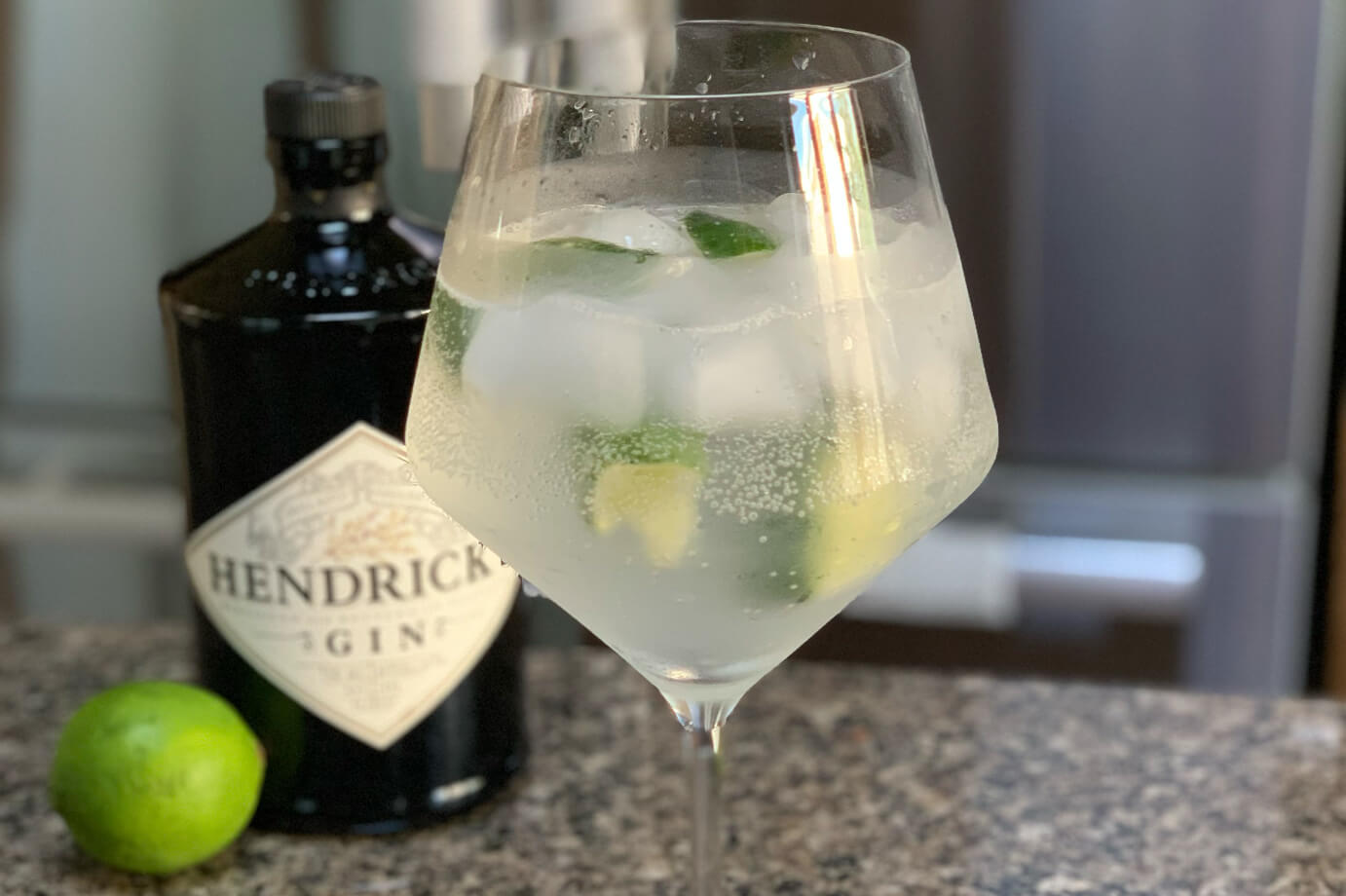
Best Tonic Water in 2025
Check out some premium tonics and an easy yet great G&T recipe.
View Featured Cocktail: Gin & Tonic
Raspberry Cosmo
Don’t Like Egg Whites? Try a Cosmo—it’s just as refreshing as a Clover Club.
View Raspberry Cosmo RecipeMore from Whisks & Giggles
Search FAQs
What is a wine reduction?
A wine reduction is made by simmering wine with aromatics (and sometimes stock) until thickened, resulting in a thick liquid that is more concentrated in flavor and complexity. Wine reductions are often used as the base of sauces, but you’ll find them in plenty of other recipes, like stews and soups.
Learn how to make a wine reduction.
What is the best wine for a red wine reduction?
Red wine reductions are best with a dry, flavorful wines like cabernet sauvignon, merlot, or syrah. If you’re recipe calls for very rich cuts of beef, like shirt rib or ribeye, consider a sweeter wine like a port to offset the richness of the fat.
Always use a wine you enjoy enough to drink—you don’t want to concentrate crappy flavors! We often reduce the same wine we’re pairing with the meal.
Learn how to make a wine reduction.
How do you make crispy fried chicken at home?
To make crispy fried chicken, marinade it in a buttermilk brine right up until you’re ready to start frying. Gently tap off excess buttermilk (but not all of it!), dredge in seasoned flour with a bit of cornmeal, and fry in hot oil at 350°–375° F (177°–191° C).
The secret to crispy fried chicken is heat control—never let your oil drop below 325° F (163° C) and be ready to adjust the heat each time you add chicken as the oil will have a tendency to drop in temperature.
What is a sabayon?
Sabayon is a rich, luscious, airy French dessert sauce. Traditionally, it consists of whipping egg yolks, sugar, and wine until thick and light, but you can substitute really any liquid in place of wine to get achieve your desired flavor profile. And it’s easier to make than you might think!
Learn how to make a sabayon.
What is sticky rice and how do you make it?
Sticky rice is a type of glutinous rice popular in Asian cultures, and you’ll see it often in dishes like mango sticky rice or sticky rice dumplings.
To get the perfect sticky rice, soak a long-grain rice overnight and then steam it over medium heat.
What is “mise en place”?
“Mise en place” is a French culinary phrase, meaning putting in place or gather. It refers to the act of assembling & preparing all of your ingredients & equipment before you begin cooking, and is essential for a smooth process & avoiding mistakes.
You’ll notice all of our recipes begin with “mise en place”—it’s very important to get organized before you begin a recipe!
What are “mother sauces”?
“Mother sauces” are the 5 foundation sauces in french cooking, defined by Escoffier’s 1903 book, Le Guide Culinaire. Roughly outlined, the 5 mother sauces are béchamel (butter, flour, milk), velouté (butter, flour, light stock), espagnole (butter, flour, dark stock), hollandaise (egg, butter, lemon), and tomato (mirepoix, dark stock, and tomatoes). They are still considered critical techniques to master as they serve as the foundation for many other sauces, soups, and even entire dishes.
What is “carry over cooking”?
“Carry over cooking” refers to how foods continue to cook after they have been removed from their heat source. Carry over cooking can increase the internal temperature of the food anywhere from +5° F/+3° C for smaller foods—like a steak—up to +20° F/+13° C for a larger foods—like a roast.
What are the benefits of meal prepping?
Meal prep saves you money and time by planning ahead and allowing you to take advantage of grocery sales, lessening your food waste by using ingredients in multiple ways/meals, and speeding up your overall cooking process by having everything ready ahead of time.
Never miss a new recipe or tip!

